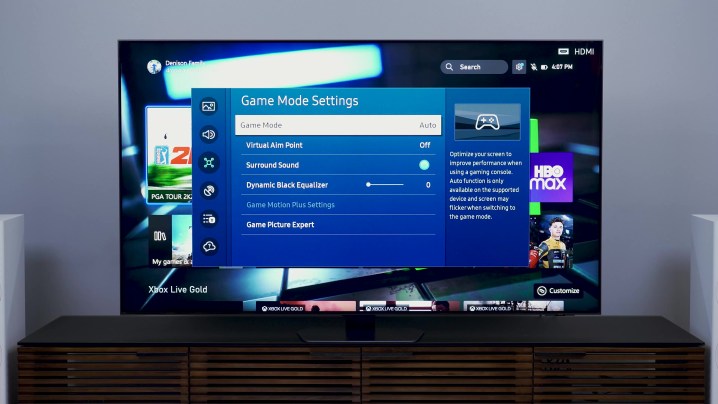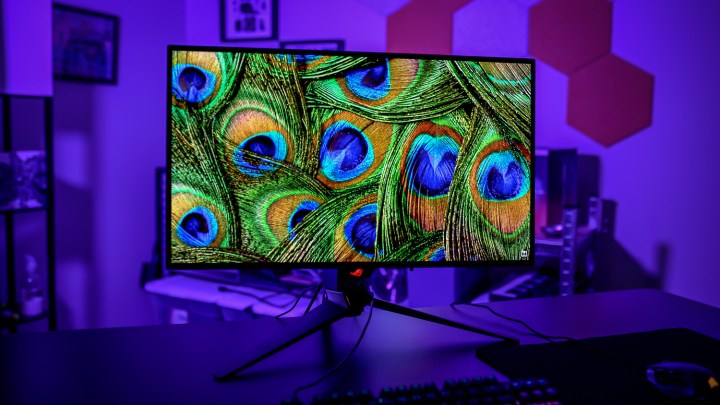The distinction between TVs and gaming has been gradually fading over the past few months. PC gamers are turning to OLED TVs for immersive experiences, while console players are opting for high refresh rate monitors to maximize their gaming experience. But how do you decide which option is best for you?
When it comes to choosing between a TV and a monitor for gaming, it primarily depends on the platform you use for gaming. Typically, a TV is preferred for console gaming, while a monitor is ideal for PC gaming. In this guide, we will delve into the reasons behind this and highlight key differences between the two display types to consider when making your decision.
Image Processing
One of the primary differences between TVs and monitors, especially in gaming, is image processing. TVs come with built-in processors to enhance the image quality through sharpening, motion reduction, clarity, and tone mapping. While this enhances the visual experience, it also leads to input lag.
On the other hand, monitors are essentially “dumb” displays with minimal image processing. Some monitors, like the Samsung Odyssey OLED G8, offer a direct connection to your source without additional processing, resulting in lower input lag.

To mitigate this issue, TVs often include a “Game Mode” or “PC Mode” that reduces image processing, providing a direct connection to the display similar to monitors. However, this disables the additional image enhancements that enhance visual quality.
Choosing between a TV and a monitor for gaming ultimately depends on whether you prefer image processing or minimal input lag. Both options can offer low input lag, so it’s a matter of personal preference.
Refresh Rate

One significant difference between TVs and monitors is the refresh rate. The refresh rate refers to how often the display refreshes per second, affecting the smoothness of the visual experience. TVs typically offer a 60Hz refresh rate, while monitors can range from 144Hz to 240Hz or even higher.
Refresh rate isn’t the same as frame rate in games but provides the capacity for smoother visuals. For consoles, TVs with a 60Hz refresh rate are sufficient, as most console games don’t exceed 60 fps. In contrast, PCs can achieve higher frame rates, making higher refresh rate monitors more suitable for PC gaming.
The choice between a TV and a monitor depends on your gaming preferences and the desired refresh rate. Monitors are ideal for high-frame-rate gaming scenarios, while TVs with 120Hz support can cater to console gamers seeking smoother visuals.


